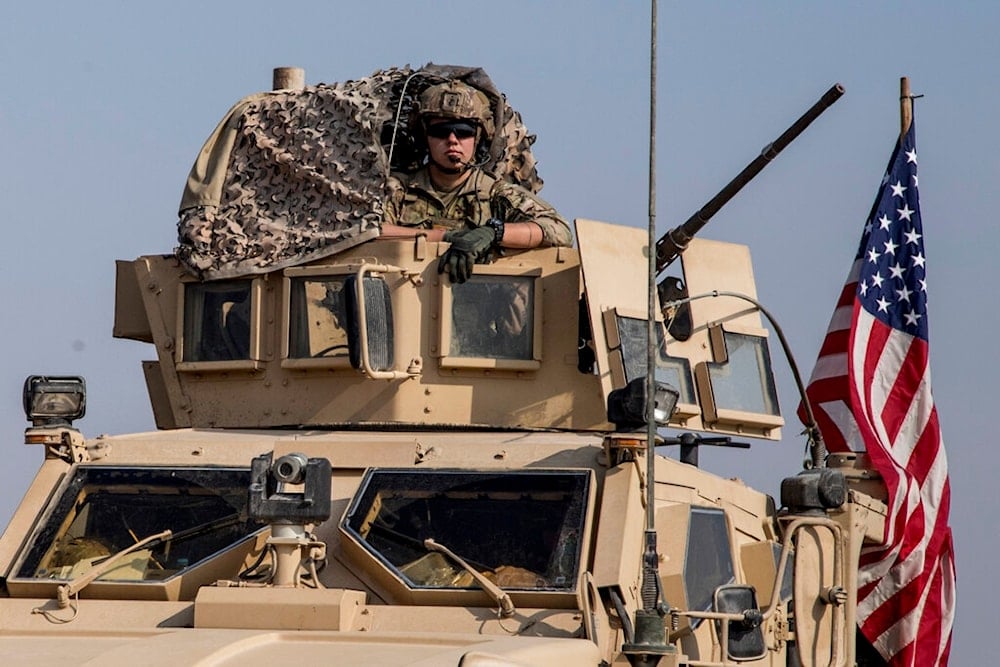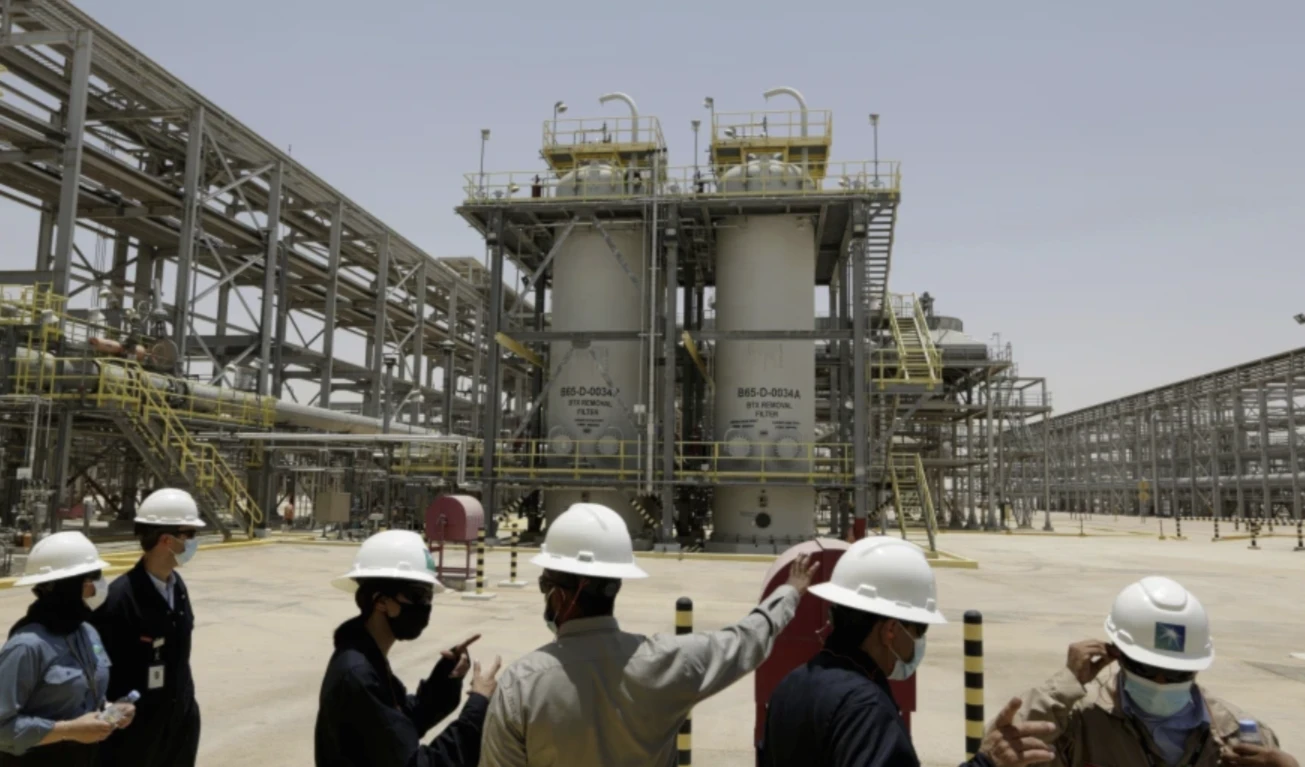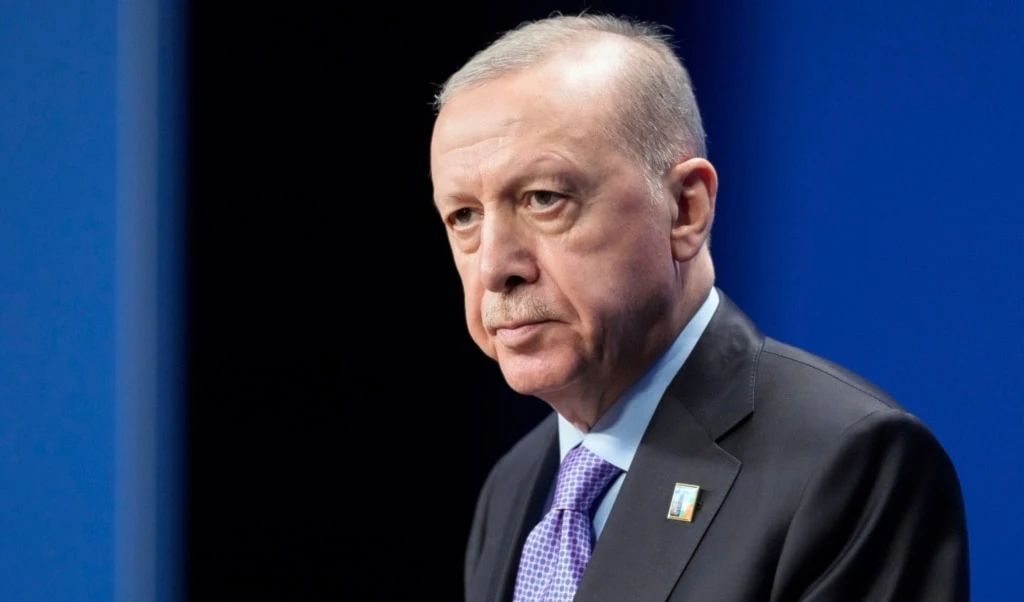US withdraws 500 troops from Syria as Trump backs rebel recruitment
This reduction follows a Pentagon directive issued in April, outlining plans to cut the US military footprint in Syria from roughly 2,000 to fewer than 1,000 troops.
-

US military convoy drives near the town of Qamishli, north Syria, Saturday, Oct. 26. 2019. A US convoy of over a dozen vehicles was spotted driving south of the northeastern city of Qamishli, likely heading to the oil-rich Deir el-Zour area where there are oil fields, or possibly to another base nearby. The Syrian Observatory for Human Rights, a war monitor, also reported the convoy, saying it arrived earlier from Iraq. (AP Photo/Baderkhan Ahmad)
The United States has significantly reduced its military presence in Syria, withdrawing approximately 500 troops over recent weeks.
According to US officials cited by Fox News, American forces have vacated three key installations, including Mission Support Site Euphrates, now under the control of the Syrian Democratic Forces (SDF), and Mission Support Site Green Village, which has been shut down entirely.
This reduction follows a Pentagon directive issued in April, outlining plans to cut the US military footprint in Syria from roughly 2,000 to fewer than 1,000 troops.
In a related development, President Donald Trump's special envoy to Syria, Thomas Barrack, has endorsed a proposal by the transitional government to incorporate thousands of former HTS militants into the new Syrian army.
The plan involves enrolling up to 3,500 former militants, primarily Uyghurs and other foreign fighters, into a newly formed 84th Division. US officials view this initiative as a pragmatic measure aimed at neutralizing extremist threats by integrating disbanded fighters into a centralized chain of command.
However, the decision has raised concerns internationally, particularly in China, as many of the fighters are linked to the Turkistan Islamic Party, a group Beijing designates as a terrorist.
Normalization push
Efforts toward US-Syria normalization are also progressing. In a landmark moment, President Trump met with President al-Sharaa during a summit in Riyadh, the first such encounter between US and Syrian leaders in a quarter-century.
Trump reportedly pledged to ease sanctions and explore avenues for diplomatic normalization, asserting that "Syria deserves a chance at peace". Following this meeting, the long-shuttered US ambassador's residence in Damascus was reopened, signaling a thaw in relations between Washington and Syria.
Read more: US flag raised in Damascus as envoy declares new chapter in Syria ties
Despite these developments, challenges persist. Critics warn that integrating ex-HTS militants could backfire if not carefully managed, and that the transitional government's ability to maintain stability remains uncertain.
Furthermore, the decision to incorporate former extremists into the national army has raised alarms in international circles, particularly in China, due to the fighters' links to terrorist-designated groups.

 2 Min Read
2 Min Read










